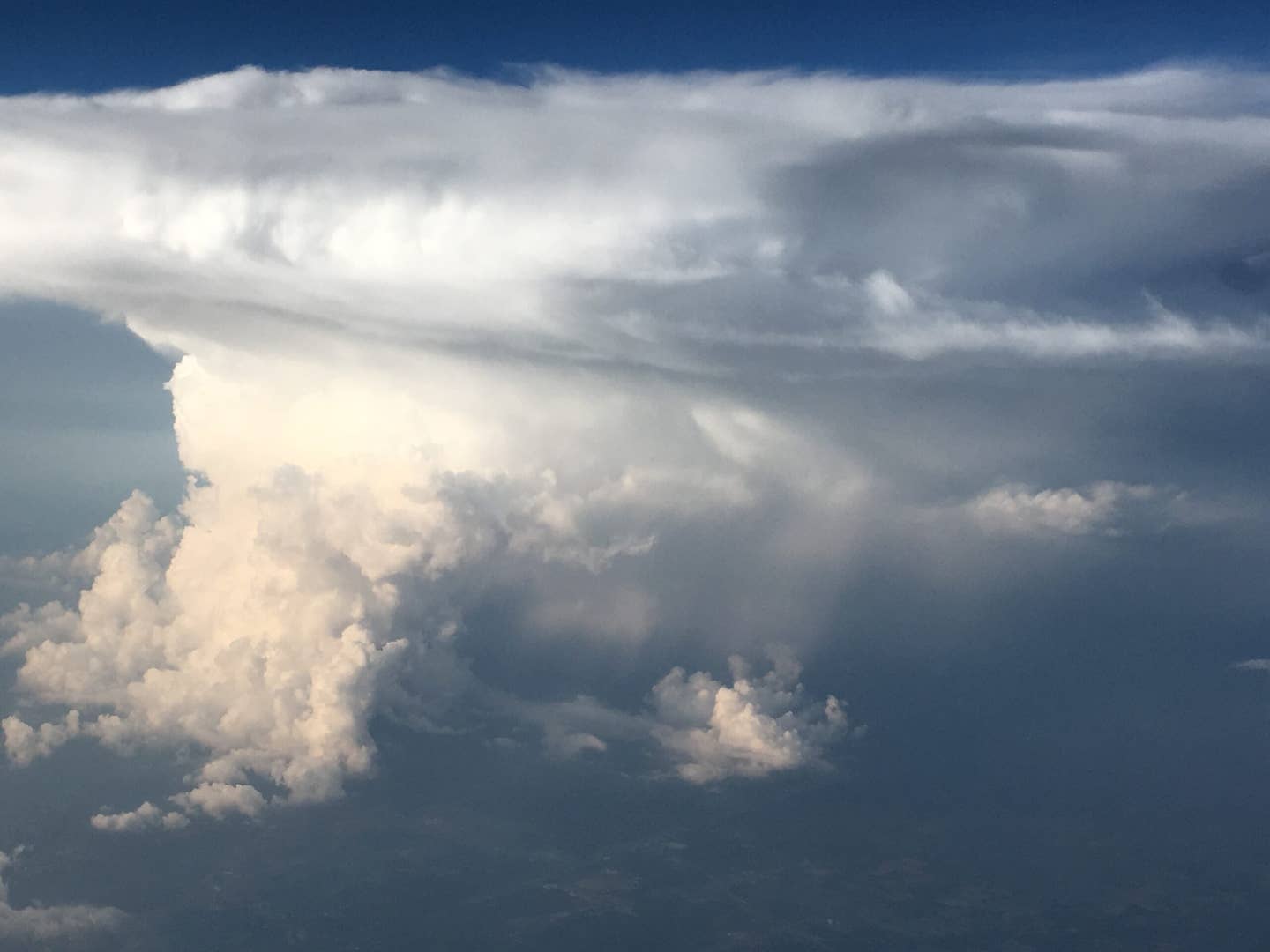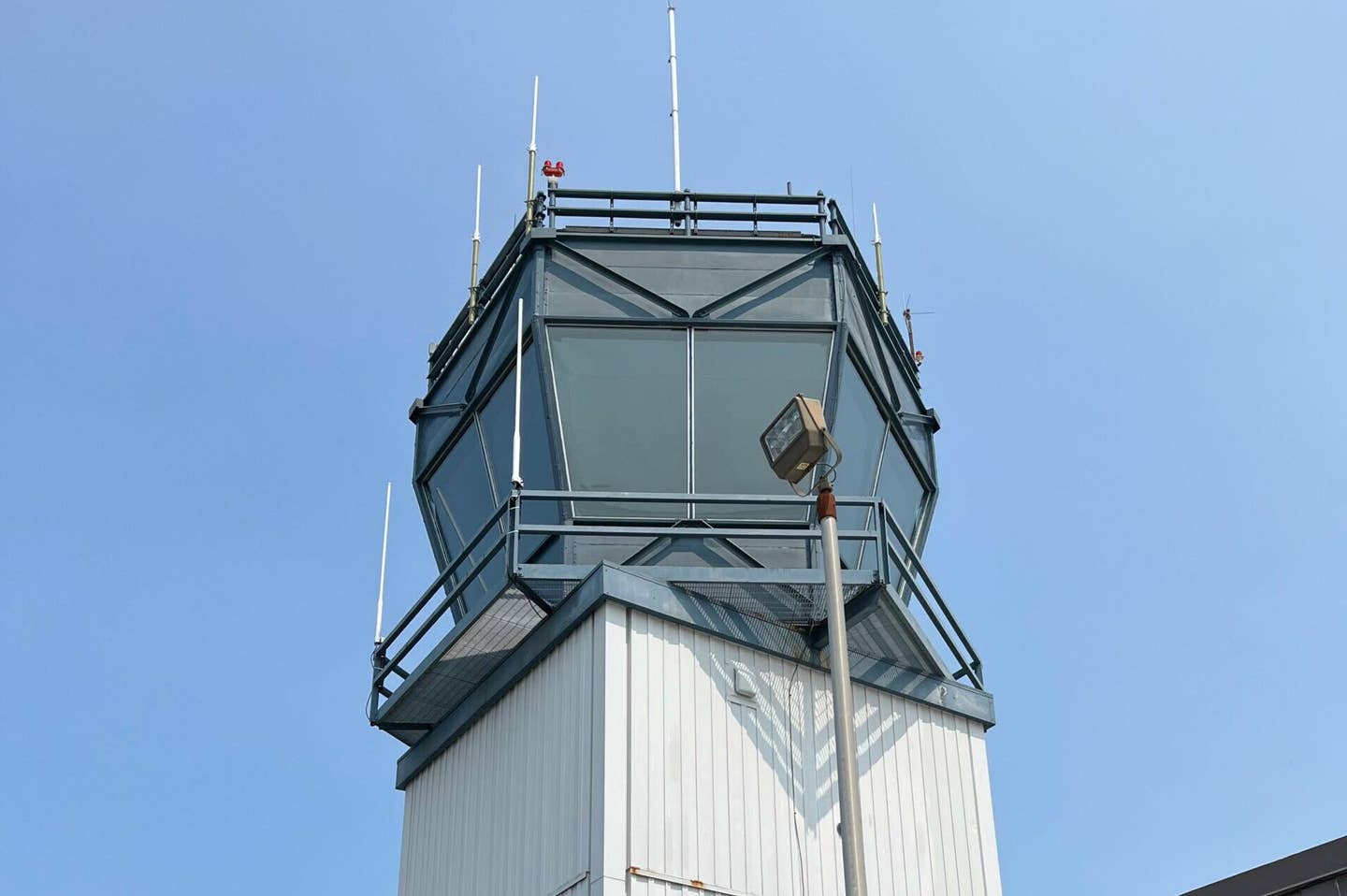How Do You Know When to Descend?
At a strange airport, the landmarks a pilot becomes accustomed to at home are missing.

Knowing how to figure out the top of descent is the key to finding pattern altitude for an unfamiliar facility. [FLYING file photo]
Question: How do you know when to start your descent? At my home airport I plan my descents by using landmarks—be at this altitude over the water tower because that will put me at pattern altitude, etc. How am I supposed to do that when I go to an airport that I am unfamiliar with?
Answer: You have just described knowing the top of descent—that is, knowing how much time and distance it will take you to reach the predetermined altitude, such as the pattern.
There are two basic means to do this.
First, determine how much altitude you need to lose. Let's say you are at 3,500 feet and the traffic pattern altitude (TPA) is 1,000 feet. 3,500 - 1,000 = 2,500, so you need to lose 2,500. If you are descending at 500 feet per minute, 2,500/5 = 5 minutes to get to TPA.
Next, determine distance for descent. Take your current altitude: 3,500 feet. Subtract the traffic pattern altitude of 1,000 feet = 2,500. Multiply the altitude to lose by 3, so 3 x 2,500 = 7,500. Divide this by 1,000 and get the approximately distance to the airport = 7,500/1,000 = 7.5 miles.
- READ MORE: Should I File an Initial Approach Fix?
Looking at the VFR sectional, put a mark that is at the distance from the airport, especially if it is over a landmark like a lake, fairgrounds, etc., or if using GPS, refer to that. You can adjust your rate of descent if you are coming down too quickly when you have the distance in mind.
Make a point to practice this. You don't want to be that pilot who flies pattern altitude (or accidentally lower) miles from the airport, nor do you want to be the pilot who forgets to start a descent and dives into the pattern. But don't worry. We have not had an aircraft stay stuck up there yet.

Subscribe to Our Newsletter
Get the latest FLYING stories delivered directly to your inbox






